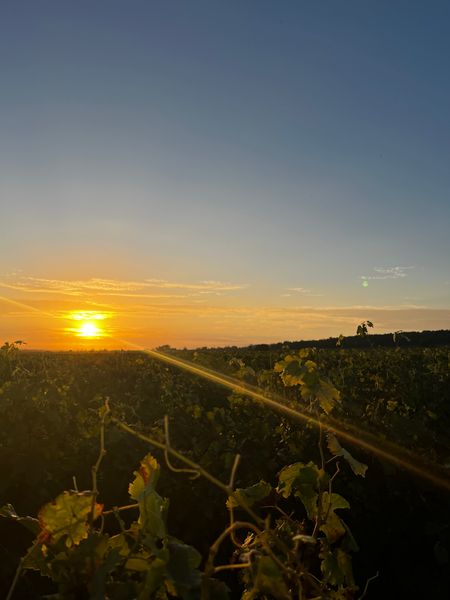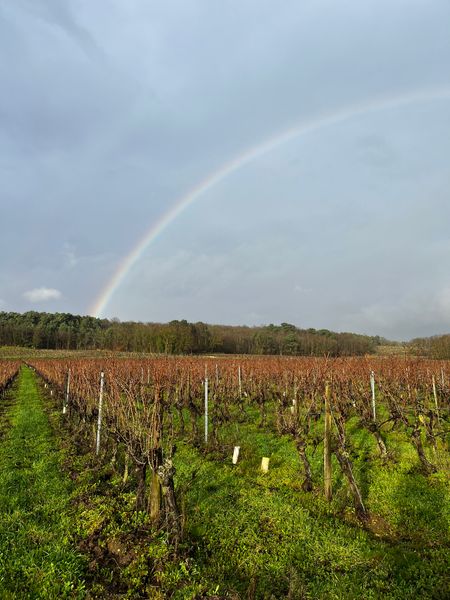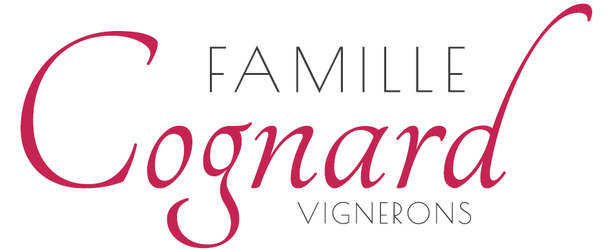Terroir
- 11 hectares of A.O.P Saint-Nicolas de Bourgueil vines.
Most of the soils are composed of ancient alluvium (sand), which gives the wine suppleness and elegance.
- 4 Ha in Bourgueil A.O.P.
There are 3 types of soil: clay-limestone, sand and silt. This gives the wine more character.

Vineyard management varies according to terroir. Our rows are grassed 1 out of 2 rows. We work our soils 100% mechanically and add organic fertilizers naturally: Shredding vine shoots, adding pomace, ploughing and even sowing other plant species that won't compete with the vines.
PruningGuyot pruning and manual de-budding are important operations that help determine the yield and quality of the grapes.
Winter shoeing This technique consists in bringing a small mound of earth to cover the base of the vine and the grass that grows around it. In this way, we protect the base of the vine from severe frosts, and destroy the grass without having to use weedkillers...
Thinning: consists in cutting off the green bunches before harvesting to optimize quality.
Leaf thinning: consists in aerating the area around the bunches to prevent rotting and thus increase wine quality.
Phytosanitary treatments: We no longer use synthetic chemicals. Only copper and sulfur are authorized in Organic Agriculture.

Vinification takes place in temperature-controlled stainless steel vats. They enable us to easily control alcoholic and malolactic fermentation.
We have several very important parameters at our disposal to personalize our wines:
- The vintage effect: each wine is vinified differently
- Maceration time
- Fermentation temperatures to extract and fix tannins.
- Pumping over, which is beneficial to the wine's aromas, color and structure.
- Grape ripeness varies considerably from year to year, and it's essential to take this into account to avoid over-extracting the tannins with their vegetal organoleptic characteristics.
For ageing, we have a number of oak barrels that enable us to age the wines in certain cuvées, while respecting the vintage and terroir.

Domaine viticole familial sur les AOP Bourgueil et Saint Nicolas de Bourgueil en Agriculture Biologique
About
- 1379 route du Carroi Taveau Lieu-dit Chevrette37140 ST NICOLAS DE BOURGUEIL
- vins.cognard@orange.fr
- 02 47 97 76 88
L'ABUS D'ALCOOL EST DANGEREUX POUR LA SANTÉ, À CONSOMMER AVEC MODÉRATION.
Interdiction de vente de boissons alcooliques aux mineurs de moins de 18 ans
La preuve de majorité de l'acheteur est exigée au moment de la vente en ligne
CODE DE LA SANTÉ PUBLIQUE, ART. L 3342-1 et L. 3353-3
